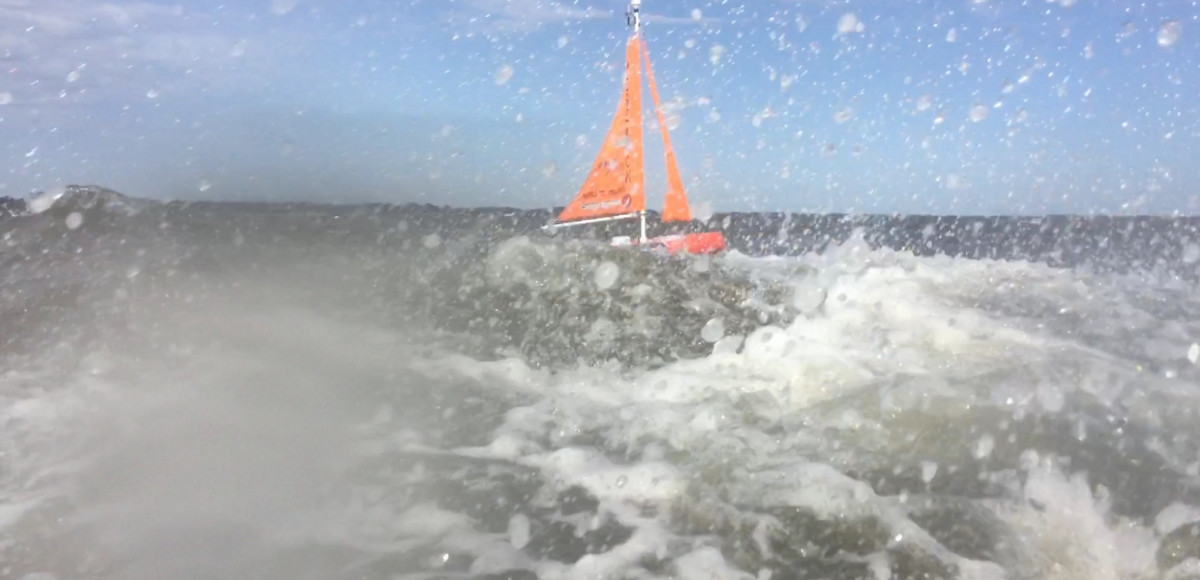Beyond the Gulf: Real-Time AUV Tracking


Posted: January 30, 2019
The GCOOS data portal used to track Gulf glider missions in real-time has proven so popular and easy-to-use by glider operators that we’re now tracking other autonomous ocean-going vehicles in other locales. We’ve tracked a Navocean Nav2 Sail and Solar ASV being used to gather data in the Banana River Lagoon on Florida’s east coast.
Navocean and Turner Designs teamed up with FAU/HBOI researcher Dr. Jordon Beckler and 4Ocean to demonstrate mobile fluorometer data collection in support of new techniques to research red tide and other toxic algae blooms — including HABs in Lake Okeechobee — through the deployment of the Navocean “Nav2” vehicle, the first autonomous sail-driven surface vehicle to be used for inland algae monitoring.







